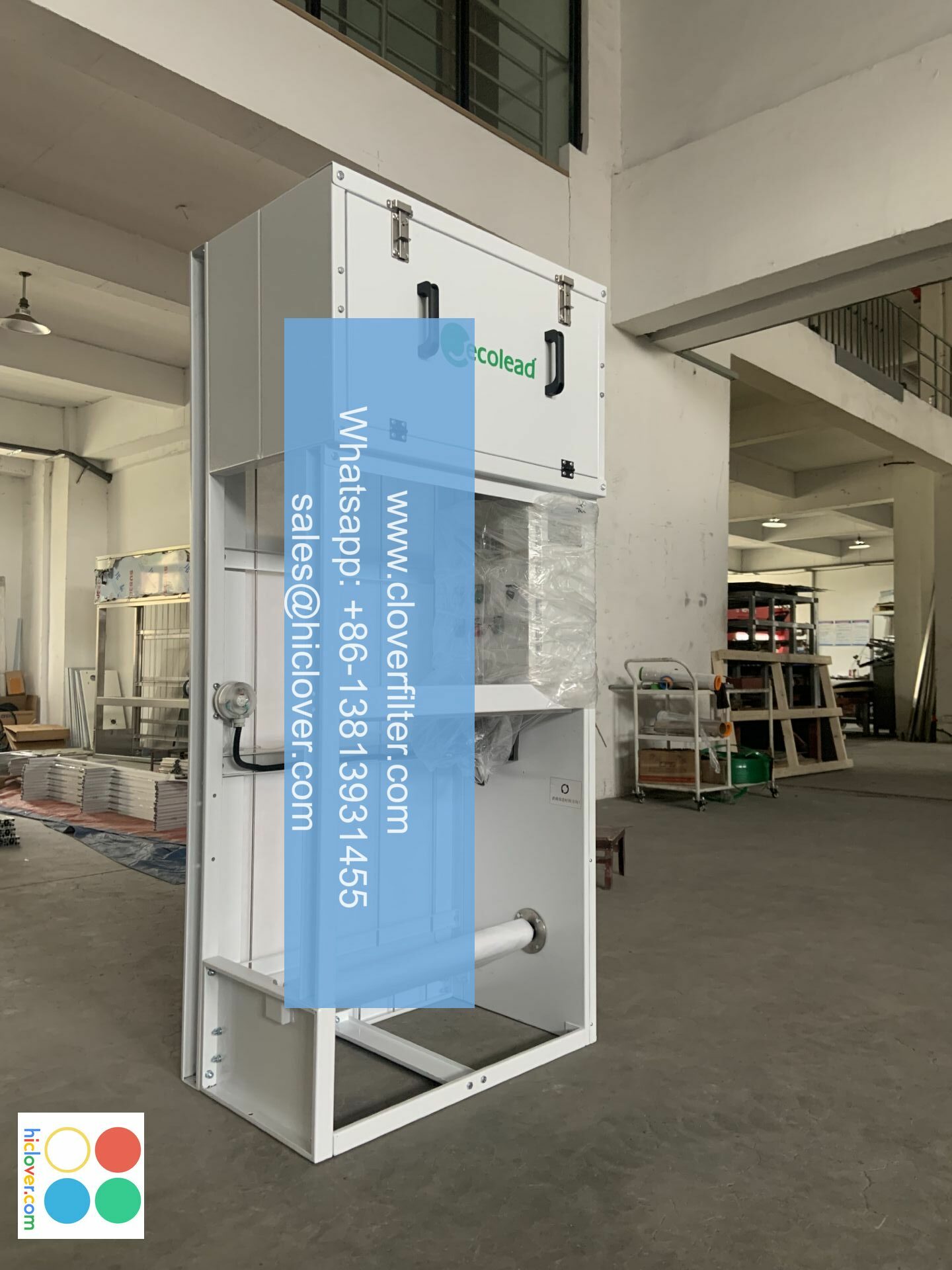Ultraviolet (UV) Filter Standards: Disinfecting the Air

Ultraviolet (UV) Filter Standards: Disinfecting the Air
Introduction
In today’s increasingly health-conscious world, the importance of air quality and disinfection cannot be overstated. As a result, UV filter standards have become a crucial aspect of maintaining a safe and healthy environment. In this article, we will delve into the world of UV filter standards, exploring their purpose, benefits, and applications in various fields.
What are UV Filter Standards?
UV filter standards refer to the specific guidelines and regulations set to ensure that UV light used for disinfection and air purification meets certain quality and performance standards. These standards are crucial in ensuring that UV light is effective in removing microorganisms, such as bacteria, viruses, and fungi, from the air.
Benefits of UV Filter Standards
The implementation of UV filter standards offers several benefits, including:
- Effective Air Disinfection: UV light can kill 99.9% of microorganisms, including influenza, MRSA, and norovirus, making it an essential tool in hospitals, schools, and other settings where disease transmission is a concern.
- Improved Air Quality: UV light can remove pollutants, odors, and irritating particles from the air, improving indoor air quality and promoting a healthier environment.
- Energy Efficiency: UV light is a low-energy technology, using significantly less energy than traditional HVAC systems, reducing energy costs and carbon footprint.
Applications of UV Filter Standards
UV filter standards have a wide range of applications across various industries, including:
- Healthcare: UV light is used to disinfect patient rooms, operating rooms, and hospital corridors, reducing the risk of hospital-acquired infections.
- Commercial Real Estate: UV light is applied in commercial buildings, offices, and shopping centers to improve indoor air quality and reduce the spread of illnesses.
- Education: UV light is used in schools to reduce the transmission of illnesses and improve air quality, creating a healthier learning environment.
- Industrial: UV light is used in industrial settings to purify air and water, and to disinfect work surfaces and equipment.
Key Features of UV Filter Standards
When selecting UV filter standards, it is essential to consider the following key features:
- Wavelength: UV light emits different wavelengths, with UV-C (254nm) being the most effective against microorganisms.
- Intensity: The intensity of the UV light is critical in determining its effectiveness, with higher intensity resulting in better disinfection.
- MIEC: Manufacturers must comply with Minimum Information for Exposure Control (MIEC), which specifies the maximum permissible exposure level for UV light.
Conclusion
In conclusion, UV filter standards play a vital role in ensuring the effectiveness and safety of UV light in disinfecting the air. By understanding the benefits, applications, and key features of UV filter standards, we can utilize this technology to create a healthier and more sustainable environment. As technology continues to evolve, it is crucial to stay up-to-date with the latest developments in UV filter standards to ensure optimal air quality and public health.
References:
- Environmental Protection Agency (EPA). (2020). Health Risks of Indoor Air Pollution.
- Centers for Disease Control and Prevention (CDC). (2020). Indoor Air Quality and Infection Control.
- American Society of Heating, Refrigerating, and Air-Conditioning Engineers (ASHRAE). (2020). HVAC Systems with UV Air Cleaning.
- International Ultraviolet Association (IAU). (2020). UV Filter Standards for Air Disinfection.
Note: The references provided are a selection of the many available resources on the topic. A comprehensive list of references can be found in the article.
I’m here to assist you! What would you like to talk about or ask? Do you have a specific topic or question in mind, or are you open to discussing something new and exciting? I’m here to help with any questions you may have!

